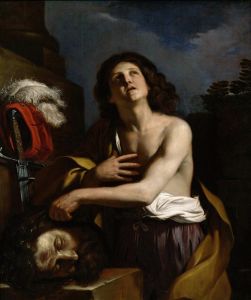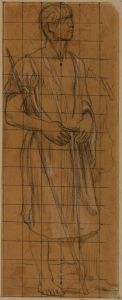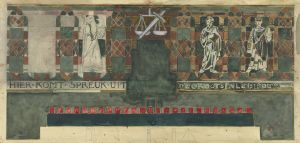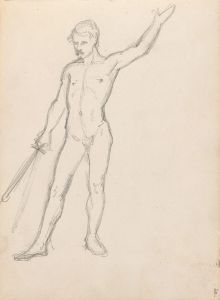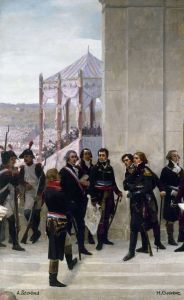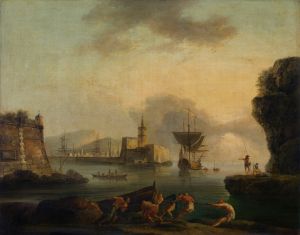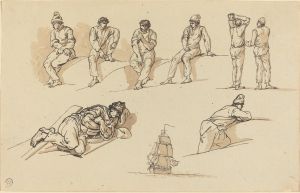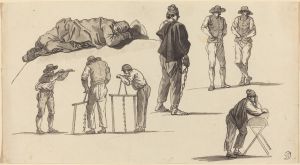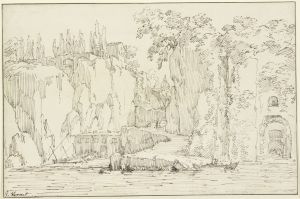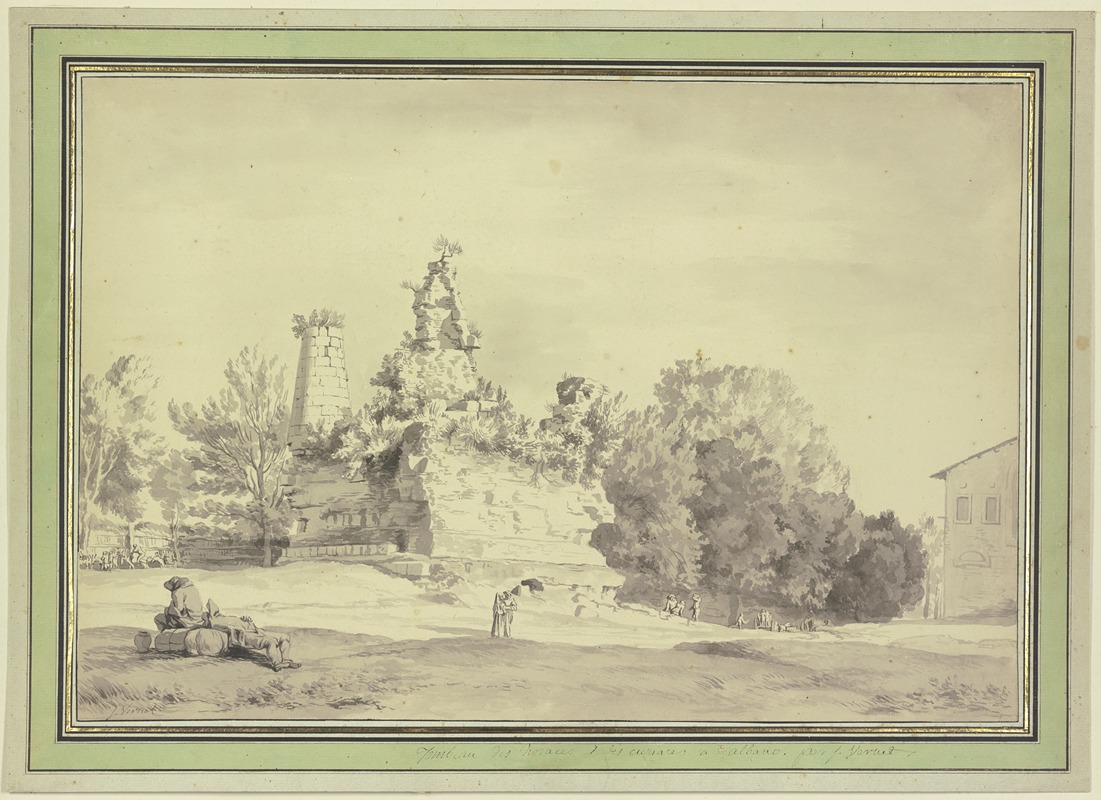
Grabmal der Horatier und Curiatier
A hand-painted replica of Claude-Joseph Vernet’s masterpiece Grabmal der Horatier und Curiatier, meticulously crafted by professional artists to capture the true essence of the original. Each piece is created with museum-quality canvas and rare mineral pigments, carefully painted by experienced artists with delicate brushstrokes and rich, layered colors to perfectly recreate the texture of the original artwork. Unlike machine-printed reproductions, this hand-painted version brings the painting to life, infused with the artist’s emotions and skill in every stroke. Whether for personal collection or home decoration, it instantly elevates the artistic atmosphere of any space.
Claude-Joseph Vernet, a prominent French painter of the 18th century, is renowned for his landscape and maritime paintings. One of his notable works is "Grabmal der Horatier und Curiatier" (The Tomb of the Horatii and Curiatii). This painting, created in 1789, is a significant example of Vernet's ability to blend historical themes with his characteristic landscape artistry.
The painting depicts the legendary tombs of the Horatii and Curiatii, who are figures from Roman mythology. According to the legend, the Horatii were three Roman brothers who fought against the three Curiatii brothers from Alba Longa to settle a dispute between their cities. The combat was intended to avoid a larger war, with the outcome determining the victor between Rome and Alba Longa. The Horatii emerged victorious, but only one brother survived, who later killed his sister for mourning one of the Curiatii to whom she was betrothed.
Vernet's painting captures the solemnity and historical significance of the tombs, set within a serene and picturesque landscape. The composition is carefully balanced, with the tombs positioned prominently in the foreground, drawing the viewer's attention. The surrounding landscape, characterized by Vernet's meticulous attention to natural detail, enhances the sense of timelessness and reverence associated with the historical site.
The use of light and shadow in the painting is particularly noteworthy. Vernet employs a soft, diffused light that bathes the scene in a gentle glow, creating a tranquil and contemplative atmosphere. This technique highlights the textures of the stone tombs and the lush vegetation, adding depth and realism to the composition.
Vernet's ability to convey the grandeur of nature and the poignancy of historical events is evident in this work. The painting not only serves as a visual representation of a legendary tale but also reflects the 18th-century fascination with classical antiquity and the moral lessons derived from history.
"Grabmal der Horatier und Curiatier" is a testament to Vernet's skill as a landscape painter and his interest in historical subjects. It exemplifies the neoclassical style that was prevalent during his time, characterized by a return to classical ideals of beauty, order, and harmony. The painting is part of Vernet's broader oeuvre, which includes numerous landscapes, seascapes, and historical scenes, all marked by his distinctive approach to composition and light.
Claude-Joseph Vernet's works, including "Grabmal der Horatier und Curiatier," continue to be celebrated for their artistic merit and historical significance. They offer a glimpse into the cultural and intellectual currents of the 18th century, reflecting the era's reverence for classical antiquity and its enduring influence on art and society.






